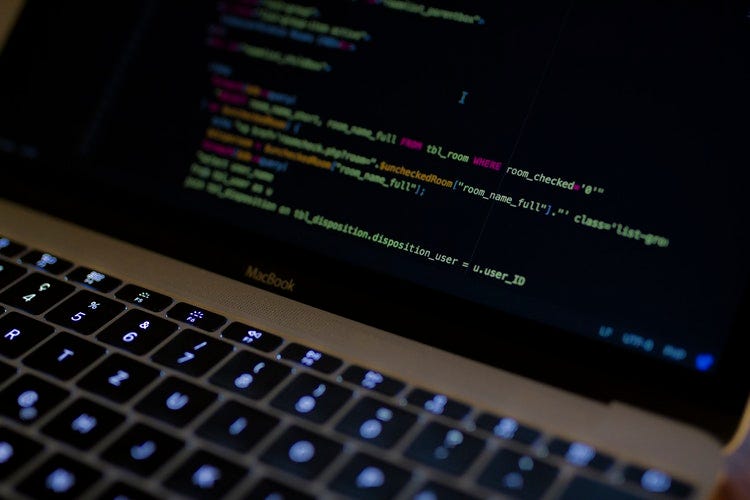According to the IT programming trend, Java is currently more popular than other programming languages in terms of the number of jobs, the number of existing Java developers and overall usage statics in IT compared to Python. According to the latest usage statistics posted on a popular Technology Survey site, Java is being used by 3.0% websites as a server-side programming language, whereas only 0.2% of websites use Python. However, all the recent reports have highlighted that the usage and popularity of Python are growing drastically compared to Java where the Java usage is coming down year on year.
At myTectra we have been monitoring the Trend of Python and Java since 2013 based on the number of Jobs posted in Naukri for Bangalore region since 2013. In the below table we could able to see that Java requirement is coming down year on year whereas Python requirement has grown from 200 in 2014 to 6500+ in 2017.
Job Posting Statics from Indeed shows python is the only Programming language consistently growing compared to Java which is going down drastically.
Image Source
So it becomes essential for programmers to understand some of the major differences between these two popular programming languages.
So it becomes essential for programmers to understand some of the major differences between these two popular programming languages.
Understanding Important Differences between Java and Python
Both Java and Python are general-purpose programming languages. While the former is a statically typed language wherein the programmers have to declare all variable names explicitly, the latter is looked upon as a dynamically typed language where developers are not required to declare variable names explicitly.
Java requires developers to write longer lines of code to accomplish common programming tasks. They also have to put in additional time and effort to organize, maintain and update the Java codebase. On the other hand, the syntax of Python enables developers to express concepts without writing longer lines of code. It further emphasizes on reusable and readable code generation. Thus, it becomes easier for programmers to maintain and update the codebase. Both languages have been updated on a regular basis. The programmers can use Java 8 to avail a number of new features including lambda expressions, a new date/time API and a new functional interface. They can further switch from version 7 to version 8 of the programming language without any hassle. But developers often find it daunting to choose between Python 2.x and Python 3.x. Both the versions are being maintained in parallel and hence switching from Python 2.x to Python 3.x is found to be challenging.
Java makes it easier for programmers to create portable cross-platform applications. These applications can run on any device on which Java virtual machine (JVM) is running. On the other hand, the developers have to use a Python compiler to convert the code written in Python into code understandable by the specific operating system. As JVM is installed on many devices, the developers can run Java applications on various devices without requiring any specialized tools and compilers.
Java makes it easier for programmers to create portable cross-platform applications. These applications can run on any device on which Java virtual machine (JVM) is running. On the other hand, the developers have to use a Python compiler to convert the code written in Python into code understandable by the specific operating system. As JVM is installed on many devices, the developers can run Java applications on various devices without requiring any specialized tools and compilers.
The performance and speed of the two programming languages differ. Many programmers have proved that Java is faster than Python. While it cannot be used to accomplish CPU-intensive tasks, developers often have at their disposal, a number of options to enhance the execution speed of Python. They have to replace Python’s default runtime with Python, PyPy or Cython to increase the execution speed significantly. On the other hand, the performance of the Java application can be easily optimized without using any additional tools.
Along with being a popular web technology, Java training is also used widely for developing apps for the world’s most popular mobile operating system, i.e., Android. The Android SDK includes a number of standard Java libraries. The developers can easily create Android apps by taking advantage of networking, data structure, graphics, and math libraries. They can even avail a number of tools and frameworks to speed up Android app development. But those into Python development know that it cannot be used for mobile app development directly and exclusively. The developers have to use additional frameworks and tools to use it for mobile app development. Many programmers prefer developing mobile apps with Java to save both time and effort.

Comments
Post a Comment